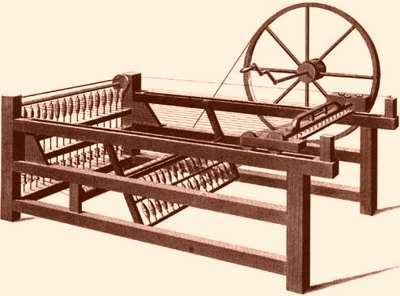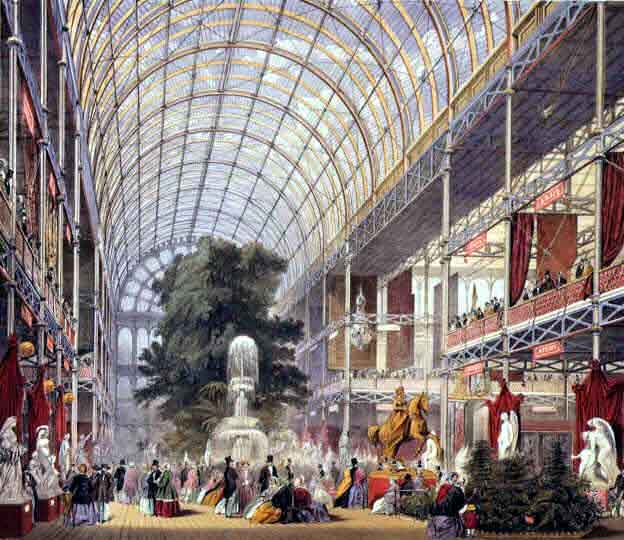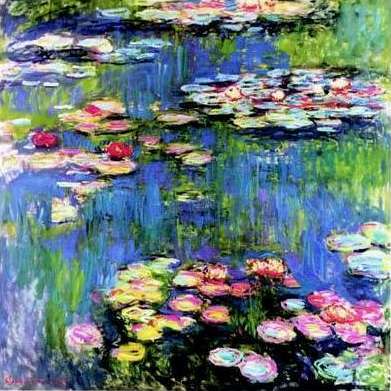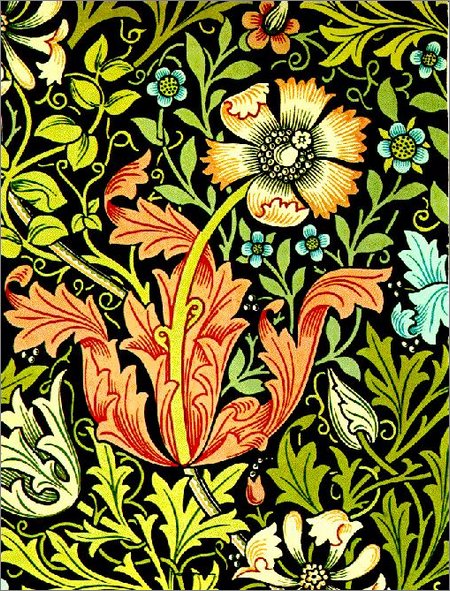Historians disagree about when the Industrial Revolution began. The most likely theory is that the revolution was the result of the social and institutional changes after the English Civil War in the 17th century. The end of feudalism in Britain was especially vital. With better national boarder control, the spread of disease lessened, preventing the epidemics which at that time usually had extremely mortal consequences. The infant mortality rate decreased considerably. This lead to higher life expectancy and a larger population, and therefore a larger working force. There was also a revolution in agriculture between the 17th and the 19th centuries. This revolution made food production more effective and less labour-intensive. This meant that less people were needed in agriculture and made more people unemployed. These people eventually found their way into the cities and the newly developed factories. The common understanding is that the United Kingdom experienced the first industrial revolution between about 1750-1850.
The presence of a large domestic marked in Britain is also considered to be important for the development of the Industrial Revolution. It also explains why the Revolution occurred in Britain. In other European nations there were only local markets where trading amongst them involved tolls and tariffs on goods. Understandably these restrictions hindered economical and technological development.
Britain also benefited greatly from its overseas colonies from which they received natural and financial resources. They also had profits from the British slave trade between Africa and the Caribbean, although it has been pointed out that the slave trade only provided 5 % of the British national income. Britain also had a more liberal trade than other countries. This enabled them to produce and use newly developed technologies more effectively. Another reason for the blossoming industrialization in Britain was that they emerged as the only European country relatively unharmed by financial plunder and economical collapse after the Napoleonic Wars. Britain conducted most of their battles overseas, reducing the damages and territorial conquest that affected much of Europe.
Many historians believe that Britain’s resources and geographical attributes laid the perfect foundation for the industrialization. First of all the country had a dense population for its small size. Local supplies of coal, iron, lead, copper, tin, limestone and water power provided excellent opportunities for development of the industry. The damp and mild weather in the North West of England provided great conditions for the spinning of cotton. This ultimately resulted in the birth of the textile industry.
Three technological innovations were particularly important for the development of the Industrial Revolution. The first one was in the textile industry. Using R. Arkwright’s water frame and J. Hargreaves’ Spinning Jenny made the cotton spinning many times easier. James Watt’s steam engines were improved and put to use in power machines, and enabled the rapid development of the factories. The last key innovation came in the iron founding. Charcoal was replaced by the fuel coke in the stages of iron smelting, which made it much more efficient. Innovation in other departments also played a significant role. For instance the replacement of organic fuels based on wood with fossil fuel based on coal in the metallurgy was a major change. The new steam engines made coal mining much faster and efficient, which meant that more coal was available to be used in industry. The steam engines also allowed new and more effective means of transportation, the steam locomotives. The railroads helped Britain’s trade enormously.

Spinning Jenny (Source)
The innovation in the agriculture and the lure of a better pay at the new factories were all pushing factors for people moving from the countryside into the towns and cities. By 1851 half the population in Britain lived in London. This resulted in overcrowded homes where five or more people could easily live in one small room. The houses of the working class were very basic and cheap. One whole building often had to share one bathroom and a couple of outhouses. It was generally very dirty and unhealthy, and these conditions were perfect for diseases. More than thirty one thousand people died during an outbreak of cholera in 1832, and even more were killed by typhus, smallpox and dysentery. There was also a lot of pollution in the air due to all the factories and the use of coal-driven machinery.
The factory workers often met lousy and dangerous conditions at work. Most of the equipment did not have any safety regulations and a lot of machines were spinning and grinding openly. This resulted in many workers accidentally losing limbs in encounters with the machines. The working hours were long and child labour was not unusual. There was limited opportunity for education, and children were expected to work. Children were usually paid less than adult workers, although there was no difference in productivity. Operating the machines did not require much strength and the adult workers did not have more experience than the children because the factory was such a new phenomenon. There were also many street children. They were often homeless and some were even orphans. They roamed the streets stealing and picking pockets for money to buy food. Charles Dickens wrote a novel about these street children called Oliver Twist, and this book went on to become a timeless classic. Eventually laws against child labour came to life. At first children younger than nine years old were not allowed to work, children were not permitted to work at night. People younger than eighteen could not work longer than twelve hours. About ten years later children and women were no longer allowed to work in mines.

Child worker (Source)
Sources
http://en.wikipedia.org/wiki/Industrial_Revolution
http://www.nettlesworth.durham.sch.uk/time/victorian/vindust.html
http://www.umassd.edu/ir/










